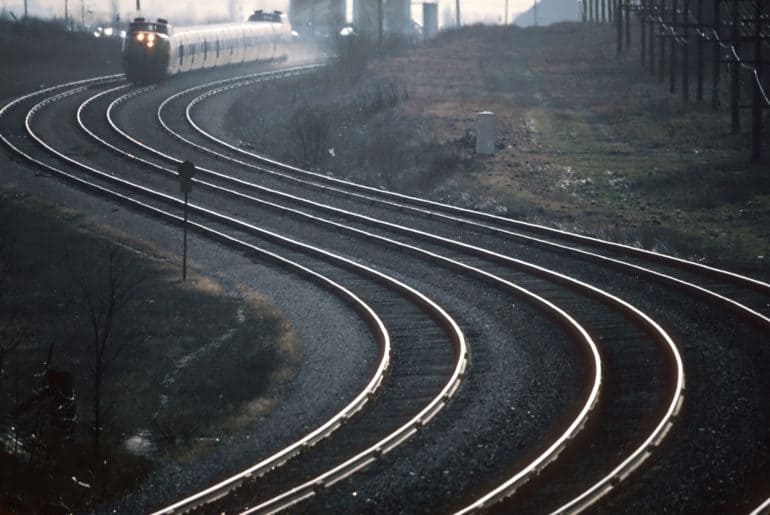
A group of colleagues and I set up the Transit Alliance back in 2011 to educate the public on the need for dedicated transit funding and transit development. We believed that transit development was suffering because politicians used it to garner votes, but few bothered delivering on their promises. Our goal at the Alliance was to keep transit development in the public eye, so politicians couldn’t slink away from it. By keeping the level of discussion around transit constant, the public would demand development. We started the discussion on dedicated transit funding, we worked on building support on the use of tolls, and we advocated on the need to build the Relief Subway Line.
As I look back over our work, I realize that our biggest challenges came from politicians who tried to use transit as a stepping stone to power. Politicians, who created controversy over what and where transit lines should be built, were actually delaying the development of transit across Toronto. For example the Eglinton West subway line broke ground in 1994, but was cancelled with the tunnel filled in by Premier Mike Harris in 1995, to the horror of transit development experts around the world.
Political candidates (desperate for power) continually throw out transit plans that will garner the most votes. But transit is a complex issue and planning it properly to meet with population and density growth should be left to educated experts not campaign teams. Unfortunately, in Toronto few politicians listen to the experts.
In 2014 Mayor John Tory came out with a transit plan that was put together by some of the best transit experts in North America. Their focus was to create a transit plan that would help not just Toronto, but the entire region. And knowing the political road blocks likely to happen along the way, my guess is that they created a plan that asked for much more than what is essential, as politicians and public servants would invariably widdle down the plan over time. Mayor Tory’s Smart Track plan lived up to its name and was a smart plan for the entire region. Tory pointed out that the Relief Line was the highest priority subway line, but he also knew that the connections that moved people across the region were key to a strong transit network.
What many don’t realize is that politicians rely on public servants to deliver on their plans. Mayor Tory relied on his former chief planner, Jennifer Keesmaat to figure out how to deliver Smart Track efficiently and effectively. Unfortunately, she wasn’t able to do it and seemed to have stalled the process. I’ve grown to admire and respect Mayor Tory. But I know him well enough to know that he would never point this out.
Today I learned that Jennifer Keesmaat, former chief planner, is now blaming Mayor Tory for her failure to deliver Smart Track. Her lack of willingness to take responsibility for her failures is shameful. But to blame Mayor Tory for her lack of success makes me wonder if she might have actually worked to hold it back? As chief planner, she could have added multiple layers of red tape, she could have delayed every aspect of the planning process around Smart Track and undermined the entire project.
I remember a dinner the Transit Alliance hosted with Jennifer Keesmaat as our guest of honour back in 2015 when she was Toronto’s chief planner. Keesmaat spoke about how great the Smart Track plan was and how it would help relieve gridlock in and out of the city. After dinner, I suggested that she should go into politics, that she might gain a lot of support. Her response – “Why do you think I’m here?”


